Model Rectifier’s new plug-and-play decoder is designed to replace the printed-circuit board (PC) in many Atlas diesel models, including the GP38 we used for our test. In conjunction, Aztec provides milling services to prepare Atlas locomotive frames to accommodate the MRC decoder and its 13mm x 18mm speaker. Though you must purchase the decoder and the milled frame separately, the installation can be completed in less than an hour.
The new N scale sound decoder from MRC is similar to its HO scale cousins, offering a variety of features, including advanced consisting, operation-mode programming, and 19 functions. The decoder also offers an assortment of sounds and 15 different horn and eight bell selections to choose from. You can even adjust the bell’s ring rate. All sounds, including the incidental noises, have individual volume controls, accessible by programming the decoder’s configuration variables (CVs).
Once you have the decoder and milled frame, installation is basic-ally a matter of reassembling the locomotive. Though this is called a plug-and-play decoder, installing one is a bit more complex than that, so it’s important to pay close attention to the instructions and double check your work during reassembly. On our sample, I assembled the pieces on top of the engineer’s side of the frame. This seemed to be the best approach.
To begin, I laid the frame half flat on the workbench and added the motor and worm gear pieces. The decoder replaces the locomotive’s PC board, slipping into four tabs (two on each half) in the frame. With the motor in place, I carefully slipped the decoder into the tabs on the frame half. You’ll need to apply a little pressure to get the board to fully seat.
Perhaps the trickiest part of the installation was to get the motor contacts to line up with the contact pads on the bottom of the decoder. It took a bit of fiddling, but I finally managed to get what I thought was a good fit. I then added the second half of the frame and the trucks, and installed the chassis screws.
I tested the engine and found that the motor worked sporadically, but its sounds and lights were functioning normally. This meant I was having motor-to-decoder contact trouble. After taking the frame apart again, I cleaned the contacts with a little 70-percent isopropyl alcohol, repositioned them, and then reassembled the engine and tested it. This time it operated very well – cleaning the contacts did the trick.
I must admit that I was skeptical about seeing an easy-to-install sound decoder for N scale locomotives anytime soon, but MRC and Aztec have done it. This project required little more effort than most drop-in decoder projects I’ve done, and it was much easier than any installation requiring soldering. Model Rectifier Corp.’s sound decoder and Aztec’s milled frames provide a nice option for N scale modelers who want to add sound to their diesels.
Price: custom milling of Atlas N scale diesel locomotive frames, $20 each; (modeler must supply original Atlas frame to Aztec)
Manufacturer
Aztec Manufacturing
2701 Conestoga Dr., no. 113
Carson City, NV 07205
www.aztectrains.com
Frame styles available
TM3100S for Atlas GP38, GP40, and GP40-2; TM3101S for Atlas SD35; TM3102S for Atlas SD7, SD9, SD24, and SD26; TM3103S for Atlas B23-7, B30-7, and B36-7; and TM3104S for Atlas Dash 8-32BW, Dash 8-32BWH, Dash 8-40B, and Dash 8-40BW locomotives.
Milling is also available for Kato SD40 and SD45 models, but decoder installation requires some soldering





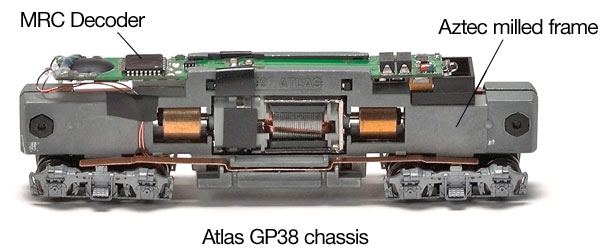
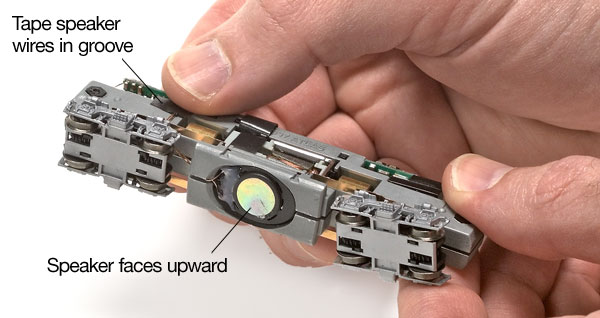
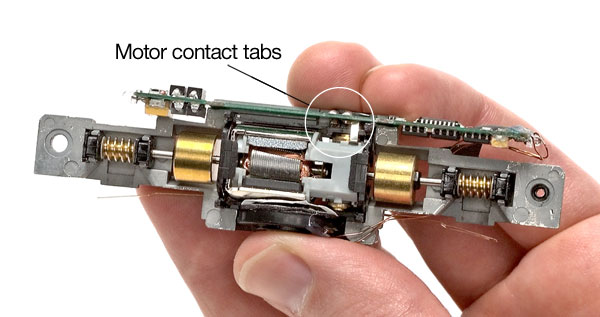


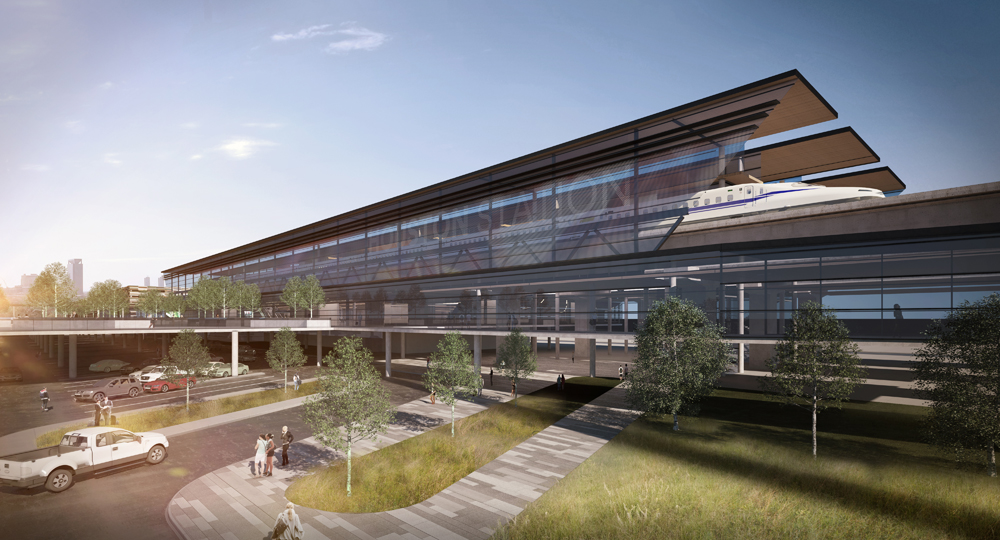
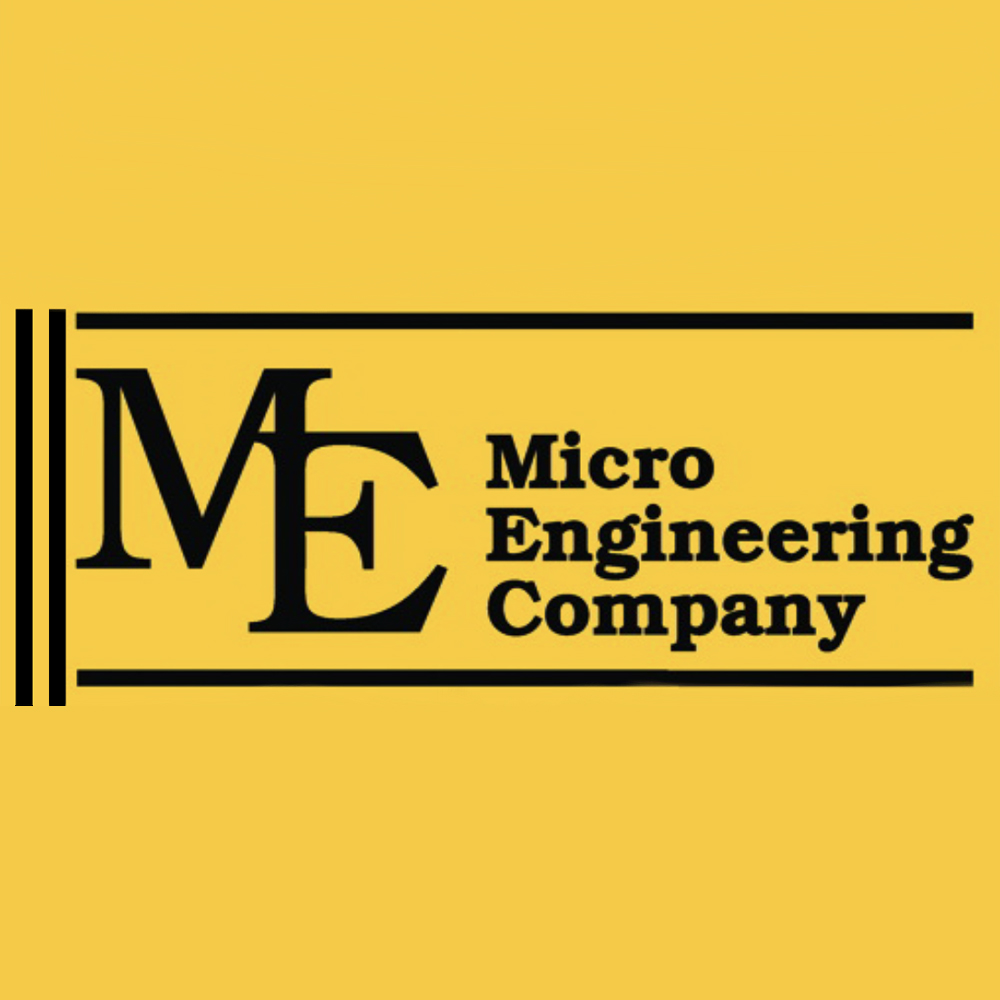




I am extremely pleased to see efforts of this nature. N scale just keeps getting better!
I think that it's a great thing to see we are getting sound for N scale. I personally haven't had the chance to hear what a sound system in this scale would perduce, but it should add that much more to us looking for more…
The technical part of installation was preety good described, but i wonder how realistic the sound was.
Your article doesn't specify what version of Atlas engines these include. For example, are you referring to the latest version of the SD7/9 or the original Atlas/Kato SD7/9. I suspect this service is for the former but would appreciate that clarified.
The work required to make the conversion to sound is very little. Everything drops back into its orginal position with the final results well worth it. The cost is reasonable.Thanks for the well timed SOUND!!
Thanks for the effort and I'll try the service.
I am looking forward to adding sound to this n-scale r/r. Same question as allready stated. How realistic is the sound. Can you add speakers to the layout? Can an Atlas RS-3 be converted? Or an RS-ll? And how much money are we talking about? Thanks for the hard work that went into all of this.
One element that seemed to avoided is the cost. How much are you being charged for this operation, the parts and labor?
A Dynamic Duo finally takes on the daunting task of sound in N scale. I am sure that the sound technicians will seek excellence forthwith!
The plug and play conversions are great if you are aware of all the facts before hand. As for myself, I find it all useless. My locos (Walthers Proto N GP38-2, DCC ready) still sit in their boxes. Seems that Lenz built the pcb board, but discontinued the dcc replacement plug and play.
MRC, Digitrex, Lenz etc. all seem to favor the same locos for dcc conversion leaving some beautiful iron horses out in left field, me along with them.
You can hard wire a mobile decoder into the Proto N, and throw the pcb board away, but your lights go too. What do you do?
Is this a conversion that can be run on DC as well as DCC, or must a complete power conversion of the railroad be made? I am a complete novice but quite anxious to begin adding some sound without conveting all of my locomotives at this time.
Advice & suggestions welcome.
I've upgraded one of my Atlas GP38 locomotives to MRC's sound decoder with an Aztec modified frame and I love it. Very cool effect, my 2 year old little boy loves it when I blow the horn for him.
I would also like to know about compatability with the RS-1. I have 2 for my layout and would love to be able to equip them with DCC/sound.
Secondly, does anyone know of a company offering to do the installation for you? I can do some things very well, but decoder installation isn't one of them, and it's worth it to me to pay someone to do a quality job than to sit and stuble through it myself.
I'm at that point where it's more cost-effective for me to send my loco to someone to do the work, so any advice would be greatly received.
Respects,
I am willing to convert my Dash 8s to sound but just need the final 'push' of opinions given by fellow modelers who had already converted sound any Atlas engine. I would like to know their evaluation as to how close to the real thing the MRC decoder sounds, not just the novelty that there is an option for sound in N scale.